Advocates for accessibility: The Alaska employees who make flying better for everyone
Share
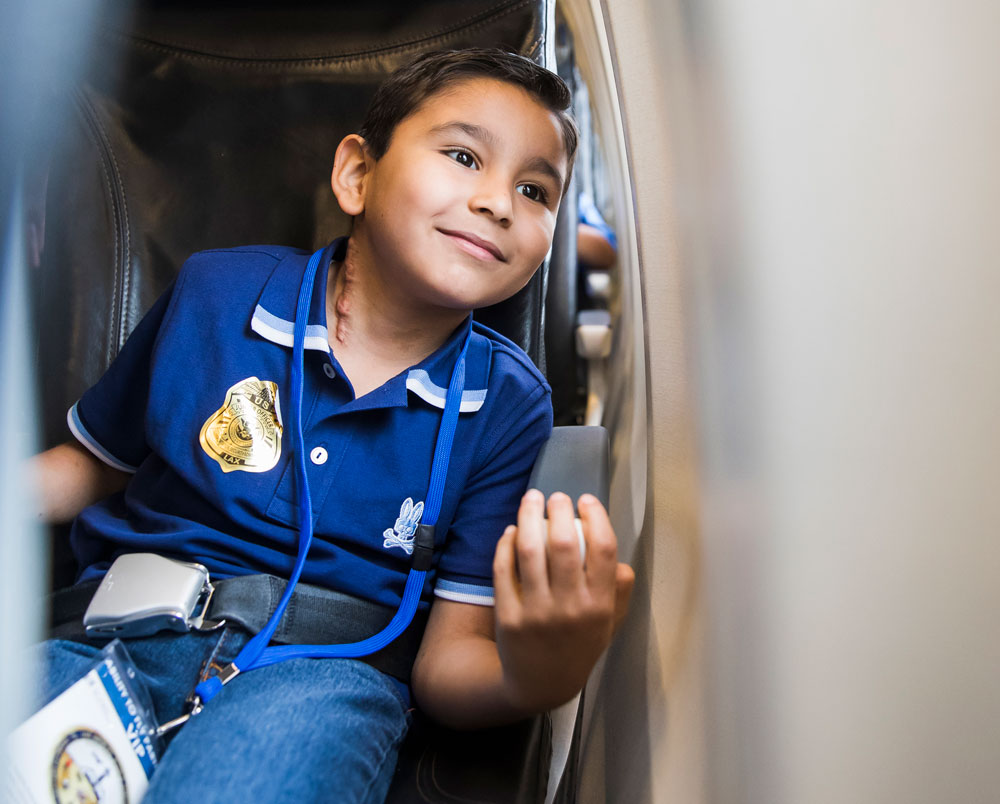
Jesus Fuentes and his mother took part in the Ability to Fly event at Los Angeles International Airport in June. The event allowed travelers with disabilities and their families to try all the steps of air travel without leaving the airport. (Photo by Ingrid Barrentine)
Ray Prentice’s epiphany came when his nephew, who had been paralyzed in a motorcycle accident, arrived at Sea-Tac International Airport for a long-planned vacation to Los Angeles – only to find his power wheelchair wouldn’t fit in the plane’s cargo compartment.
Captain Bryan Burks recognized the need every time he saw the anguish on a parent’s face when a child with a cognitive disability had a meltdown on a flight.
For Gary Peterson, one of many pivotal realizations came at a funeral. Rodney Munyan, a janitor with Down syndrome who worked for Peterson in Alaska Airlines’ Seattle maintenance hangar, had invited his boss to the service after his mother died. “The whole family came up to me like I was a long-lost relative,” Peterson says. “The pastor talked about Alaska Airlines and how much that job meant, not only to Rodney, but to his mother and the whole family.” It was a revelation for Peterson, who has worked for Alaska for four decades, during which a diagnosis of muscular dystrophy forced him to switch jobs at the company.
“I have a disability, but I’ve worked my whole career,” Peterson says. “I had never understood how important Rodney’s job was to his family.”
Prentice, Burks and Peterson are among the legions of Alaska employees whose personal experiences have inspired them to become advocates, creating new opportunities for fellow employees with disabilities and making air travel more accessible and inclusive for all of Alaska’s guests.
These efforts come together every year across the country in events like Wings for Autism in Seattle and Ability to Fly in Los Angeles, which have offered hundreds of travelers with cognitive and developmental disabilities including autism – and their families – the chance to go through the steps of air travel without ever leaving the airport. During October, which is Disability Employment Awareness Month, Wings for Autism events will be offered in Seattle and Spokane in partnership with The Arc, and separate events will be offered in Portland and Redmond, Oregon, in collaboration with the Oregon Society of Autism. Another one in Anchorage, co-hosted by The Arc of Anchorage, will come later this fall. Event registration and outreach are handled by the co-hosting disability organizations.
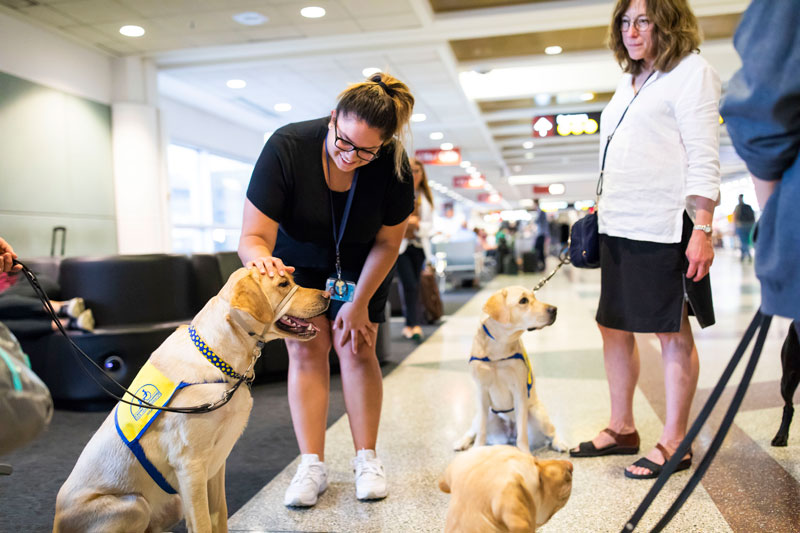
Alaska also collaborates with Guide Dogs for the Blind and Canine Companions for Independence to provide airport access for puppies in training, partners with the Paralyzed Veterans of America to improve employee education for the proper handling of guests’ mobility devices, and is working with United Spinal Association and other organizations to increase the hiring of individuals with disabilities.
And this fall, Alaska will launch a free app in the Apple Store and Google Play called Fly for All. Designed for first-time flyers, unaccompanied minors and those with cognitive and developmental disabilities, including autism, the app will help ease the anxiety of air travel by walking guests through the steps they’ll follow when getting ready to fly.
“Alaska has really been one of the pioneers in accessibility in aviation,” says Eric Lipp, executive director of the national nonprofit Open Doors Organization, which advocates for travelers with disabilities. That includes about 25 million people in the United States. When Lipp started the organization in 2000, one of his earliest partnerships was with Ray Prentice, who started Alaska’s disability advisory board the same year. Prentice is now Alaska’s director of customer advocacy. “Having that longevity from people like Ray makes a huge difference,” Lipp says.
Lipp points out that Alaska’s website is one of the few airline sites to link to accessibility services prominently on the homepage, and he says Alaska’s collaboration with its home airport on recent North Satellite terminal renovations resulted in larger lavatories and more relief stations for service animals. “Sea-Tac has created a more accessible landscape, and a lot of that can be credited to their work with Alaska,” Lipp says.
Behind the advocates at Alaska Airlines are countless personal stories and lessons they are eager to share. These are just a few.

“I remember how hard it was to travel with my daughter, Rachel, but we did it and she got better at it. And I can recognize a kid who’s maybe on the autism spectrum. I can definitely see the stress in a parent who’s traveling with them. So, my heart goes out to them.”
– Captain Bryan Burks, Alaska pilot since 1995
When Rachel Burks was diagnosed with autism around age 3, advocacy was one of the furthest things from her father’s mind. “At first, it was all survival mode,” Burks says. “Rachel didn’t want to be held and loud sounds, noises and different textures were really hard for her.”
Burks’ wife, Ruth, left her Alaska flight attendant job to have more time for Rachel and her fraternal twin, Kathleen, who does not have autism. But the Burks family had always loved traveling, and they vowed that the sisters would enjoy a globe-trotting lifestyle. They learned how to travel together through trial and error, and found that repetition was key. They discovered the importance of being organized as they prepared Rachel for what she should expect. And practice paid off.
“Rachel’s been to Africa. She’s been to Europe. She’s been to South America,” Burks says. “She’s been all over now.”
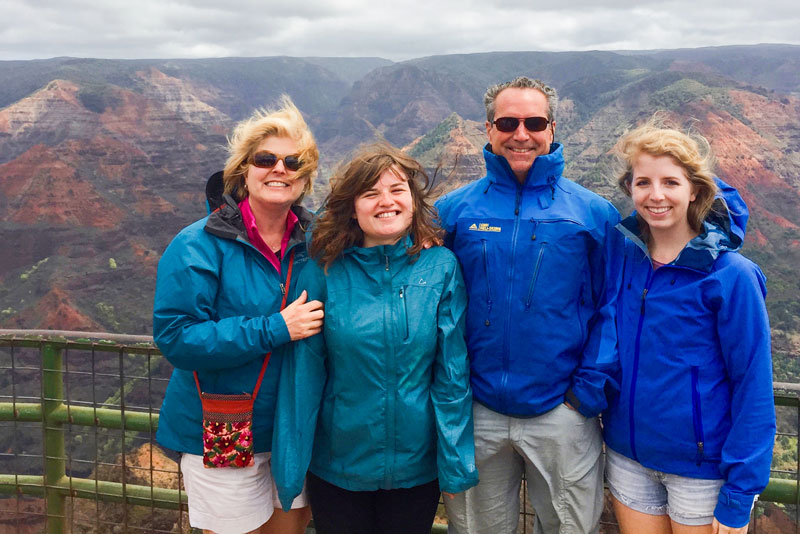
When Seattle’s first Wings for Autism event came together in January 2014, Burks immediately volunteered. “Most of these families had no idea that air travel was even an option until they had this opportunity,” he says. About 50 to 60 families attend each event, and registration often fills up within an hour of opening. The families go through the complete process of booking a ticket, checking in, clearing TSA security, boarding a plane, listening to inflight announcements, and taxiing down a runway before returning to the gate.
“I have been in those parents’ shoes,” Burks says. “I’ve felt those pressures. To have the opportunity to train airline employees in how to interact and support these families – it becomes just as rewarding for the employee.”
Burks has recruited other parents to volunteer for Wings for Autism events, including Captain Mark Aown, who is also based at Sea-Tac. Aown’s 27-year-old son, Isaac, uses a wheelchair and has a cognitive disability, but he loves to fly because his parents have worked through the obstacle course of airports and airplanes. “It can be such an emotional roller-coaster just to get ready,” Aown says. “Then there might be four elevators, plus TSA security, and family restrooms are always in short supply.”
Aown sees Wings for Autism as a way to raise awareness among flight crews. “I figured I could relate to the families,” he says. “We should make every effort we can to lift the burden.”
Burks says Alaska employees who participate in the events gain new strategies for helping families. “They’ll realize that if they talk to the parent and ask what calming techniques work for your child, they can have a more positive outcome,” he says.
And while many employees have personal reasons for volunteering for Wings for Autism, the events always create more advocates at Alaska, Prentice says: “You attend one event, you’re changed forever.”
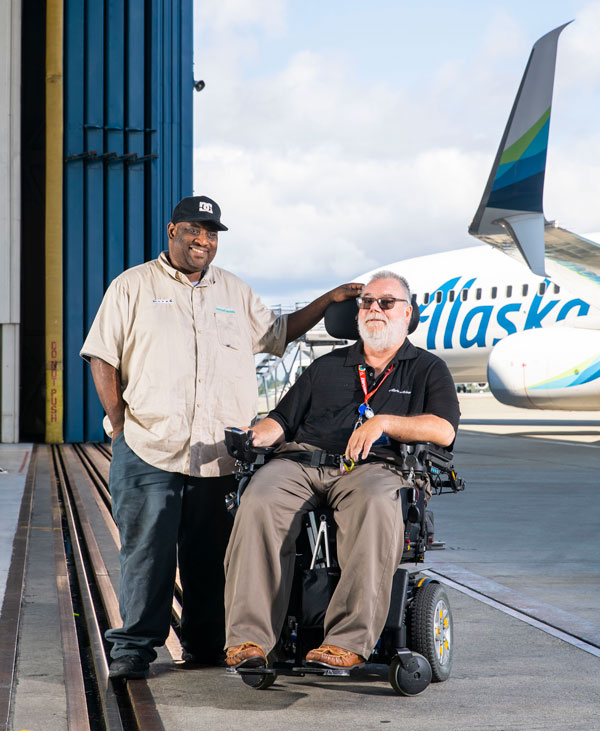
“People used to tell me they didn’t see my chair. And now I say, ‘I hope you see my chair. I’m hoping that you look internally to see if you have any biases.’ Everybody has biases against people with disabilities they are unaware of. I know because I have them and they surprise me once in a while.”
– Gary Peterson, Alaska line maintenance supervisor who recently celebrated 40 years at the company.
Peterson came gradually – and sometimes reluctantly – to the role of advocate. For his first job, fresh out of technical school, he was hired at Alaska as a mechanic in Anchorage, and a couple of years later he transferred to Seattle. In 1985, a diagnosis of muscular dystrophy diverted his career path. It was five years before the Americans with Disabilities Act would prohibit workplace discrimination, but Peterson found advocates within the company as he looked for work he could eventually do from a wheelchair.
Peterson became a maintenance coordinator – leveraging his mechanic expertise – but it was hard to open up about his disability. “A lot of it was probably self-imposed,” he says. “When I first started using a cane, I didn’t want to use it. My vanity got in the way. I went to a scooter, and my vanity got in the way.”
“But one of the most difficult things I’ve had to face, other than the physical barriers, is that I’ve always felt like I had to push myself a bit more than the next person,” he says.
Peterson became a line maintenance supervisor in 2005. That year, his staff grew to include Rodney Munyan, who has since retired, and Chris Thomas, a janitor with Down syndrome who still works for Peterson. Thomas enjoys working at the hangar where he cleans facilities, and he gives a friendly hello or fist bump to colleagues throughout the day.
“The guys here have taken him under their wing and they’re very protective of him,” Peterson says.
As they worked together, Thomas and Munyan taught Peterson about some of his own biases. “When I first started working with two janitors who had disabilities, I thought they were more work,” he says. “After a while, I realized they turned out to be less work. They show up on time. They’re always trying harder to please.”
Because Peterson’s wheelchair makes his disability obvious, he is often urged to be an advocate for accessibility. Three times, he was asked to be a leader in the ACCESS Business Resource Group, an internal organization for employees with disabilities. “The main reason I said no at first was I didn’t know anything about disabilities,” he says. “I knew about mine, but that’s it.”
Seven years ago, he finally agreed. He also gives presentations to all new flight attendants, educating thousands of new hires over the years about issues of accessibility and inclusion. “I’ve learned that I have to be an advocate for all disabilities, and if I remove a barrier for them, I’m actually removing a barrier for me,” he says.
Peterson points out that everyone has an incentive to be an advocate, whether they have a disability or not. “Eventually, we’re all going to get old,” he says. “We’re all probably going to have some kind of disability of our own. So why not start advocating for it now?”

“We hire wonderful caring people and that’s our secret sauce. We’re simply asking our front-line team members to do what comes very natural, in sincerely asking, ‘How can I best help you today?’ ”
– Ray Prentice, director of customer advocacy, who recently celebrated 30 years working for Alaska
When Prentice’s nephew was turned away at the gate more than 13 years ago, it was his first attempt to fly after the motorcycle accident that made him quadriplegic. He and his wife had planned the vacation for a year, and it was ruined. Their pain stays with Prentice. “I’ll never forget how helpless I felt,” he says. He’s made it a mission to turn other devastating experiences into teachable moments.
One particularly hard lesson came in 2017 when accessibility advocate Kenny Salvini’s power wheelchair was damaged on a cross-country flight – the second time within a year that his chair was broken by an airline. Salvini, who is paralyzed from the neck down, uses the chair to conduct his business, to use his phone, to access his home – for every aspect of his life. “The chair is more than just my legs,” he says, “it’s also my arms and an extension of my brain.”
Salvini posted about his broken chair on social media that night, and woke up to several voicemails from Alaska executives and employees. Prentice invited Salvini to meet with Alaska leadership and employees from a variety of work groups. “I was pretty fired up when I came in and it was a tough conversation at times,” Salvini says. But he appreciated getting insights into the challenges for ground crews and baggage handlers. Since then, he’s also spoken to new flight attendants, and has participated in the airline’s disability advisory board. “That transparency goes a long way, and it’s made me a lot more brand-loyal,” he says.
“We’re committed to getting it right, but sometimes things just go wrong,” Prentice says. “And when they do, we will learn and get better.” He sees accessibility training as an extension of Alaska’s commitment to good customer service. “Every guest, from business professionals to families traveling with young children, has a unique story, challenge or something going that’s creating stress,” he says. “But when we see a child is melting down and Mom’s all stressed out, we help educate our teams that our first thought shouldn’t jump to bad parenting. Our first thought should be, ‘Wow, something’s going on here. How can I help?’”
Improving the experience for disabled travelers is also good for business. The Open Doors Organization found that a third of travelers with disabilities flew at least once during their two-year study – and 1 in 10 flew multiple times – spending about $9 billion on air travel.
Lipp, founder of ODO, calls Prentice a guiding light across the aviation industry. “He always sides with the customer,” Lipp says. “Here, in the office, when a new situation comes up, we ask ourselves, ‘What would Ray do?’”

Flight attendants such as Robert “Nappy” Napoleon always have Alaska’s customer-service mission in mind, taking extra care when they learn that a family with special needs is on the plane. “We go up to the parents and say, ‘This is going to be a great flight,’” says Napoleon, who has been flying with Alaska for 22 years. “Just by that, we make the experience so much better and then they travel more.”
Napoleon’s son, Keanu, was diagnosed with autism at age 2 — and is now a world-traveler at 16. “He’s a million-miler, that kid!” he says. The family’s experience inspired Napoleon to volunteer for three Wings for Autism events, hoping to increase awareness among flight crews who can then help families gain confidence in air travel. “All children are different, of course,” he says, pointing out that crew members gain a wide range of experiences by working a single event that includes dozens of different families. “It also helps with helping anyone who has anxiety around flying.”
“We want to be an inspiration to other families and say, ‘You can do it!’” Napoleon says. “You can take that vacation and Alaska is here to help.’ ”
A version of this story appears in the October issue of Alaska Beyond Magazine.
All About People: How Alaska creates lift through sustainability
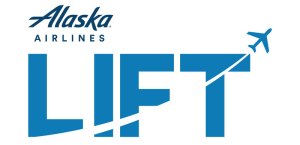 The Fly For All app and accessibility events like Wings for Autism are a few of the ways Alaska Airlines strives to be “All About People” – part of our values to lift up our people, our communities and our planet. Learn more and read the report
The Fly For All app and accessibility events like Wings for Autism are a few of the ways Alaska Airlines strives to be “All About People” – part of our values to lift up our people, our communities and our planet. Learn more and read the report
For a list of Alaska Airlines’ accessibility services and information on how to request assistance, see the accessible travel services page at alaskaair.com
